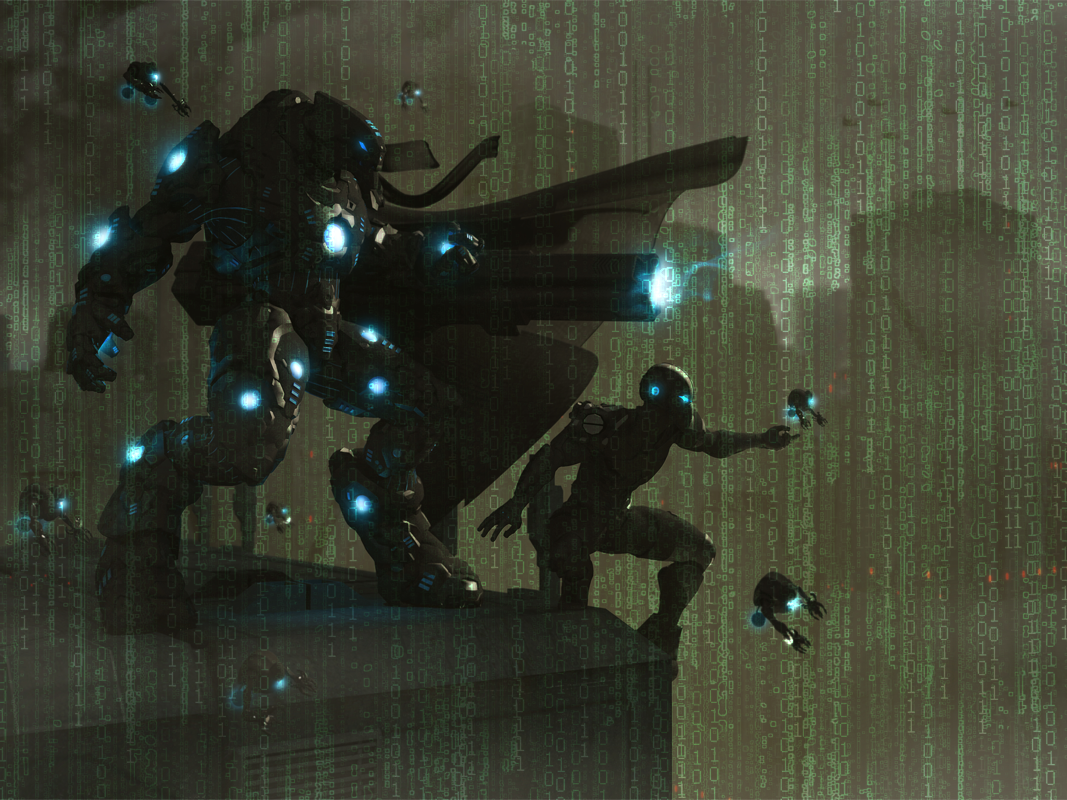Technology is progressing at a frightening pace and is now part and parcel of our everyday lives. However, despite all the breakthroughs, everything is not as it seems. 
People are no longer impressed by high resolutions or quad-core processors inside your phone yet despite this, we still don’t take any extra care when it comes to security. Our technology has advanced a great deal but our attitude to security is still stuck in the 1990’s.
#Hi-tech #future – is it safe to live it?
Tweet
Curiously, the more technology advances. the more dangerous it can become. Let’s take a look at some examples:
Estate and property:
Smart homes are still something of an oddity but are becoming more common-place as time moves on. With the likes of Apple, Google and Amazon all looking to create more connected devices, it won’t be long before all our homes are wired up.
The same goes for cars: many car manufacturers are already offering basic car control (such as lane assist) and surveillance capabilities, and in a few years, these will more than likely be standard in all newly built cars.
Yet, regardless of how fancy or advanced these are; they all have something in common with the standard padlock: they can all be broken. Recent examples show that both Smart Homes and smart cars can be broken into.
Is It Possible to Hack My Car? Find out over at @Kaspersky Daily. http://t.co/UOAMP2hb3K
— Kaspersky Lab (@kaspersky) July 19, 2013
Similar experiments showed that hacking of electronics-enhanced homes and cars is not necessarily done for a single purpose of theft. Having gained access to the central control system, criminals are able to manipulate processes such as locks, heating systems or even control the car’s breaking or steering.
Money
The classic bank robbery (think balaclava’s, guns and police chases) is almost extinct as we know it. Instead, they’ve been replaced by online robberies with criminals using vulnerabilities in web banking systems and online payments. And it’s here to stay.
The problem is only set to get worse. Think of contactless payments: When you carrying cash, at least you have full control of that money, seeing it leaving your pocket and and passing over to the cash register. Do you know who handles your money when you make a contactless payment? Do you know what happens to it after you tap your card?
And with Christmas just around the corner, this presents an even juicer target for cyber-criminals. Just remember: manipulating information is a lot easier that dealing with real objects.
Personal data
The times when we used to store all our family memories in the shoe-box in the attic are long gone. These days, most people store photos, videos and music on their computer and a growing portion of people are now adopting cloud-computing to store their precious memories.
The problem is that, once you upload the images to the cloud, a lot of the time you also revoke your ownership rights. Why does this happen? The main reason is that advertising companies want to create detailed models of potential customers so that they can make money. After all, that cloud computing storage can’t be free forever.
Fitness tracking apps & wearables vs #privacy. Guess who wins? https://t.co/YjIZv2vQVa pic.twitter.com/LfMqqWGBES
— Eugene Kaspersky (@e_kaspersky) October 31, 2014
Another thing to consider with our increasingly connected world is cyber-disruption: Games like the recent Watch_Dogs and the Die Hard 4.0 movie illustrate the point well. Whilst they’re just movies, they show us the potential that can happen if somebody was able to “hack the system”. Don’t think it’s possible? Think again.
Add to this mix constantly evolving malware, the internet of things and lack of awareness and you can see where we may be heading…
But does it have to be that bad?
 future
future

 Tips
Tips